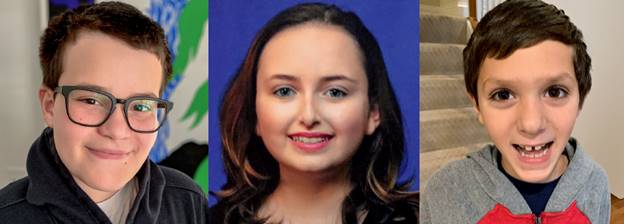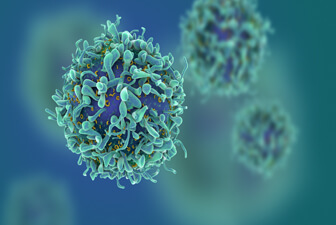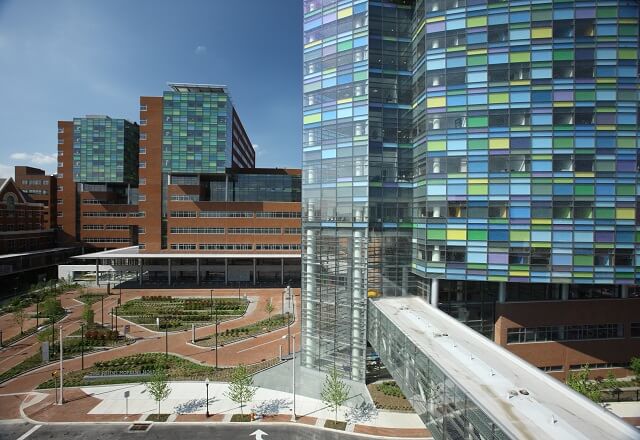The Johns Hopkins Kimmel Cancer Center's Division of Pediatric Oncology is focused entirely on the research and treatment of childhood cancers. As one of the leading Cancer Centers in the United States, Johns Hopkins is at the forefront of developing new treatments and designing clinical trials.
Request An Appointment
Traveling for Care
If you are coming to the Kimmel Cancer Center from a distance, you may want assistance making all the necessary arrangements associated with your visit to Johns Hopkins. The staff at Johns Hopkins USA, for patients traveling from anywhere in the country, and Johns Hopkins International Services, for patients traveling from beyond the United States, can assist you with identifying an appropriate specialist, scheduling and coordinating all your appointments, making lodging and travel plans, arranging for interpreter services, as well as other support.
Existing Patients
Maryland Patients
Call: 410-955-8751
Johns Hopkins USA
(Monday - Friday, 8:30 a.m. to 5:30 p.m. EST)
Request by e-mail to: [email protected]
Call: 1-410-464-6555
International Services
Request by e-mail to [email protected]
Call: +1-410-502-768
Fax: +1-410-955-0209
Appointment FAQ's
-
Our staff will direct you on where to arrive to meet us for your appointment.The Pediatric Oncology Inpatient and Outpatient Units are located in The Charlotte R. Bloomberg Children's Center building on the 11th Floor.
Johns Hopkins Children's Center
The Charlotte R. Bloomberg Children's Center building
Pediatric Oncology, 11th Floor
1800 Orleans Street
Baltimore, MD 21287 -
You will need some specific information regarding your medical history to complete the appointment process. Our specialists will request that you forward certain medical information in advance of your visit. This may include x-rays, cat-scan films/reports, and pathology slides/reports, surgical reports and a summary of your treatment to date.
-
Please have the following information available:
- Health insurance card or policy number
- Insurance claim forms (available through your insurance company or employer)
- X-rays, pathology slides, and other test results from your referring physician (if they have not been sent in advance)
- Your child’s medical records
- Record of your child’s immunizations
-
Physicians calling after hours or on weekends may call the Hopkins Access Line (HAL) 24 hours a day, at 410-955-9444 or 1-800-765-5447 and ask for the pediatric oncology attending physician.
-
Nationally Ranked in Pediatric Cancer
Johns Hopkins Children’s Center is nationally ranked in pediatric cancer, according to the 2023–2024 U.S. News & World Report Best Children’s Hospitals list. Overall, the Children’s Center ranks #1 in Maryland and #10 in the nation, with all 10 specialties ranked in the top 25.
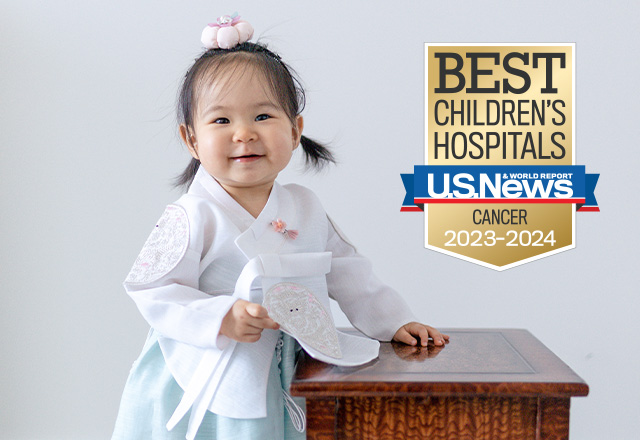
-
Hyundai Hope On Wheels Presents $200,000 Grant to Dr. Micah Maxwell
With this new grant, the Division of Pediatric Oncology at the Kimmel Cancer Center has now received more than $2.8 million in funding from Hope On Wheels, contributing to the organization's $172 million in total lifetime giving . Learn more.
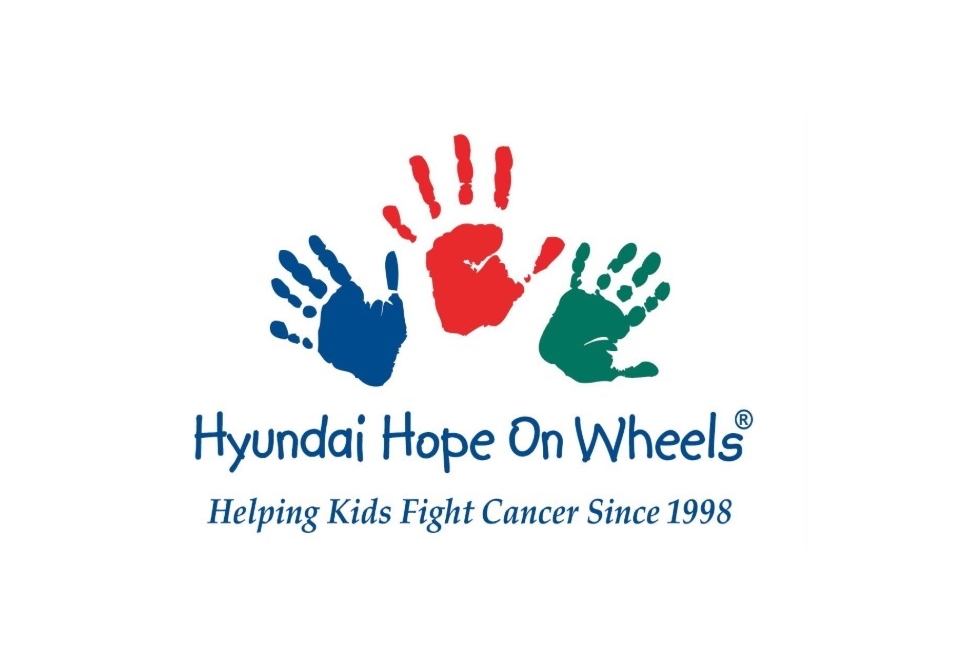
-
Ashley's Story
Optimist International and Johns Hopkins – Partners in Curing Childhood Cancer
Ashley was treated for a rare mutation of leukemia at Johns Hopkins Children's Center. Watch her video.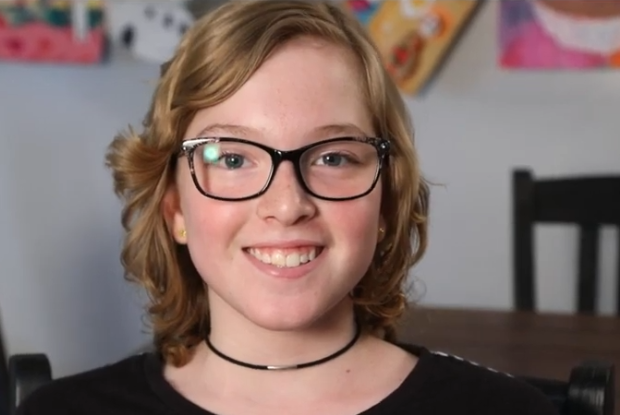
What is Hope?
Hope is a place...Johns Hopkins Pediatric Oncology. We are dedicated to making new discoveries to improve the lives of children with cancer in Maryland, the nation, and around the world.

